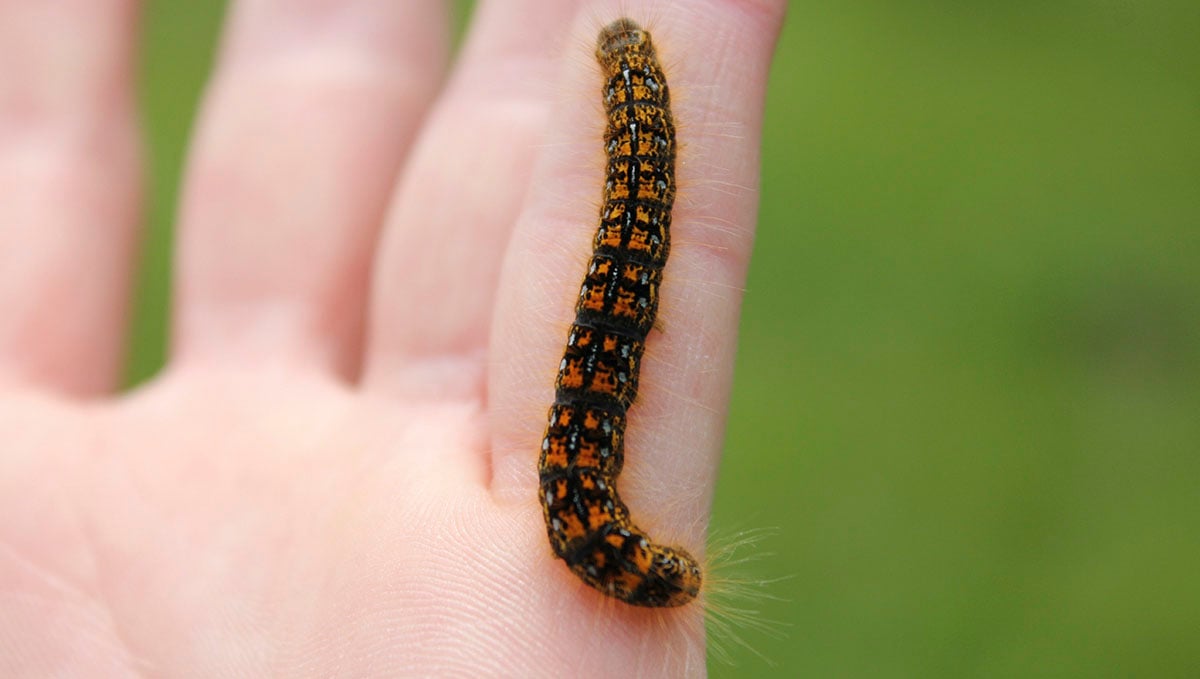Caterpillars are the larvae of butterflies and moths. Every schoolchild knows that caterpillars eventually turn into moths.
Imagine you have some insects in your garden. These insects can be pretty and helpful in making plants grow by moving pollens around, but when they are young and in their caterpillar or lava states, they can cause a lot of harm to your vegetable garden or fruit orchard.
They eat the plants and can damage them a lot. So we might want to eliminate them during that stage to protect our plants.
But before moving ahead, check out the previous blog. Our previous blog post on the black caterpillar identification chartoffers a comprehensive look at different categories of caterpillars.
In this blog, we will explore the tips and tricks on how to control black caterpillars in your garden without causing any harm to the environment.
Recognizing the Signs of Caterpillar Activity in Your Garden
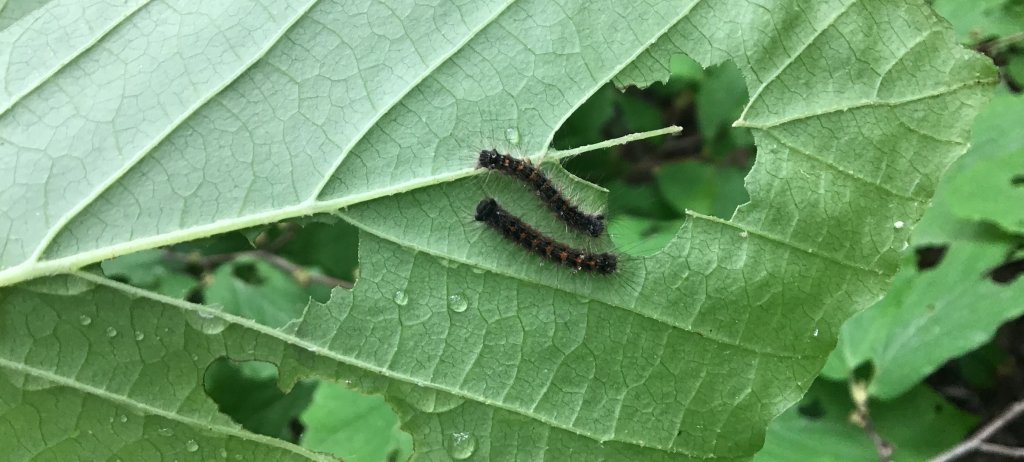
One of the most disappointing things to see in a vegetable garden is your healthy plants filled with holes or leaves munched down to their stains. Caterpillars can be quite destructive, especially in late summer and early autumn when many crops grow. Some caterpillars are easy to spot because they look distinct, but others blend in well.
Here are some simple signs to help you identify their presence:
- Egg: Butterflies leave tiny eggs on your plants. Sometimes, these eggs can be hard to tell apart from other insects’ eggs. So watch them closely when you see butterflies around your plant.
- Leaf damage: Caterpillars typically eat the outer edges of leaves instead of creating holes in the middle.
- Frass: Caterpillar poop is called Frass. It looks like small grains of black pepper and is often left behind where they are fed.
- Nests: Some caterpillars like webworms and tent caterpillars. They create nests with webs and eat voraciously, which can strip leaves from trees.
By looking for these simple signs, you can better protect your garden from caterpillar damage.
Tips to Get Rid of Caterpillars
Many chemicals kill garden pests, but most gardeners prefer to use products that don’t harm the vegetables and fruits and can be used around edible products.
So, trying non-chemical and non-toxic ways to control caterpillars is always preferable.
1. Remove Them by Hand
The best way to control black caterpillars in your garden is to pick them off your plants with your hands, wearing gloves. Wearing gloves is necessary because it can infect your bare hands.
If they are not harmful caterpillars like those turning into butterflies, you can move them to a different place away from your plants. If they are damaging your plants, you can put them in soapy water to get rid of them
2. Use Neem Oil Spray
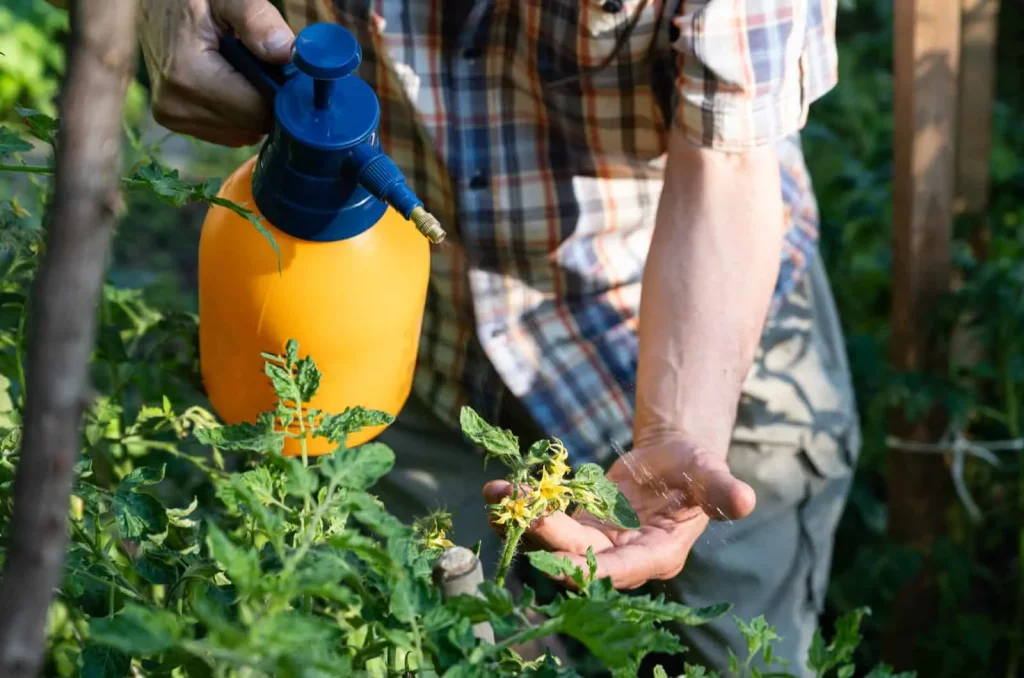
Neem oil is a natural oil made from neem tree seeds. It is also safe for kids, adults, and other individuals and pets, but it kills small insects like a caterpillar.
Spray it on your plants following the instructions on the bottle.
3. Try Bacillus Thuringiensis (Bt)

Bacillus Thuringiensis (Bt) is a natural bacteria that can be sprayed to control caterpillars.
Make sure it is safe for bees. If you use it, remove the black caterpillar.
4. Caterpillar Nests
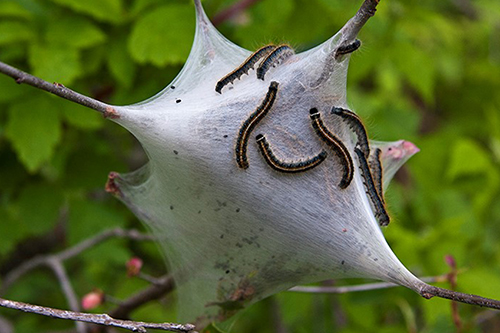
Some caterpillars, like webworms and tent caterpillars, build nests.
You can remove these nets by hand or trim the trees to eliminate them.
5. Physical Barrier
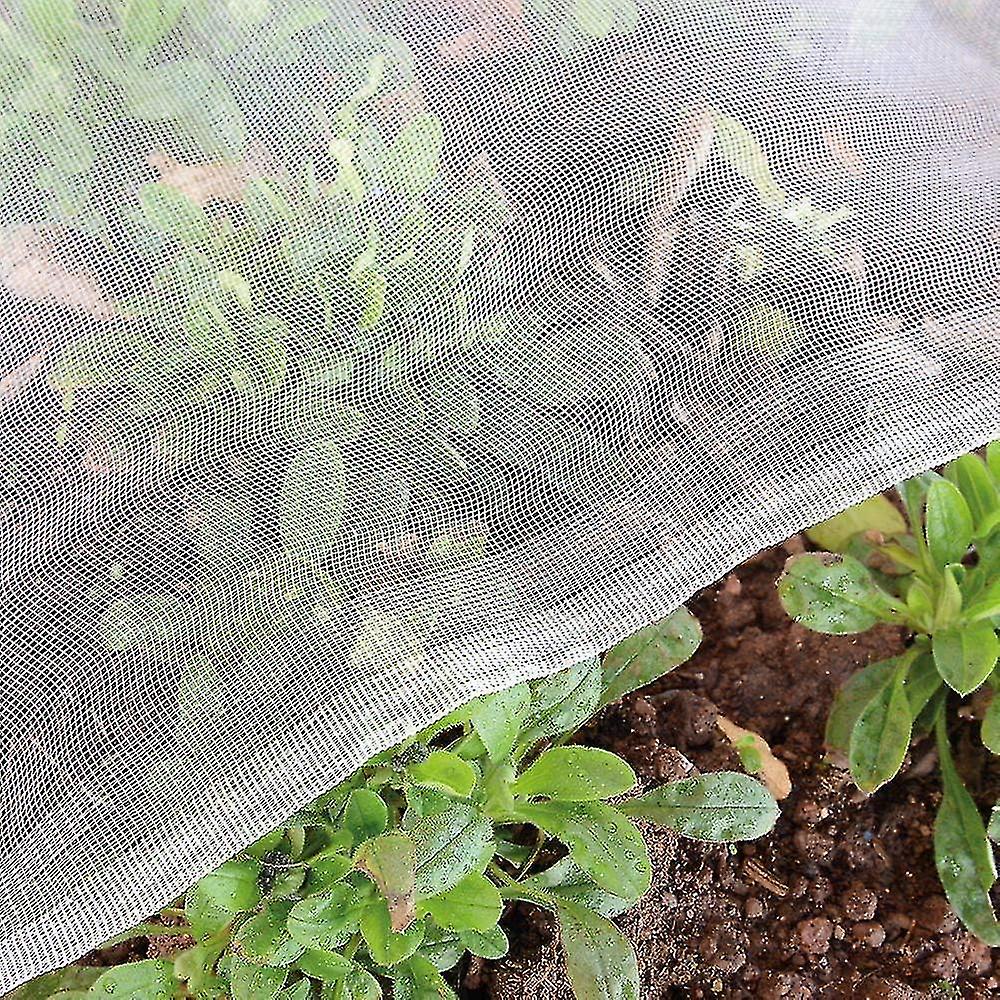
Consider using physical barriers like nets or covers to protect specific plants from certain insects and caterpillar damage.
These barriers prevent the caterpillars from harming your plants, allowing sun and rain to nourish them.
6. Companion Planting
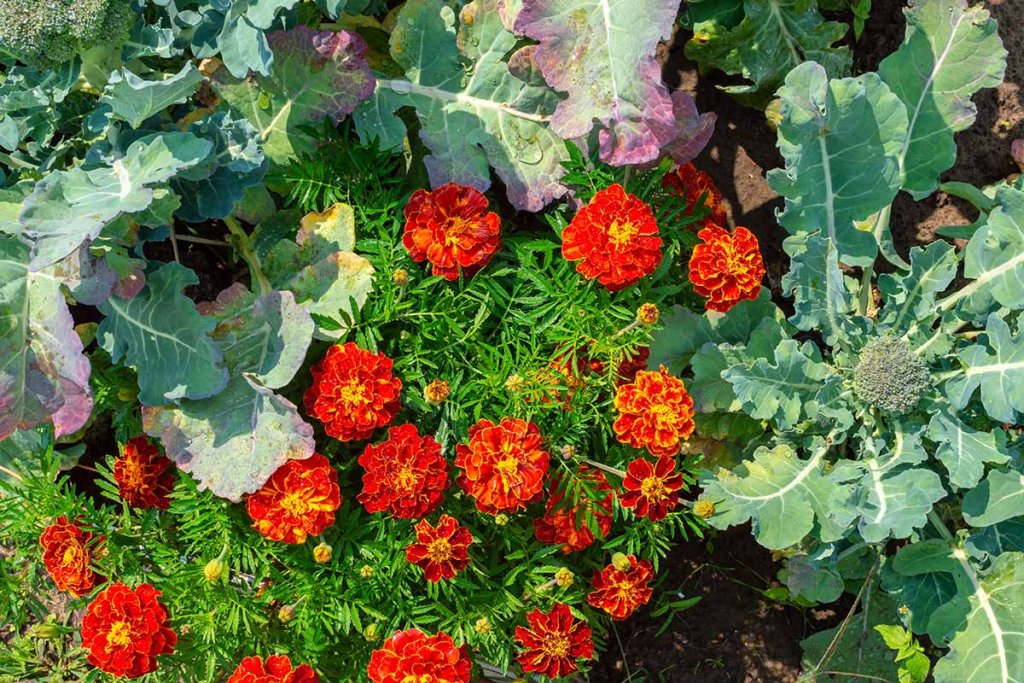
Plant companion plants, crops, or herbs like marigolds or basil can help put the caterpillars off.
These plants emit certain types of scents that mask the odor of the main plants, making it difficult and confusing for the caterpillars to locate them.
7. Crop Rotation and Clean Garden Practices
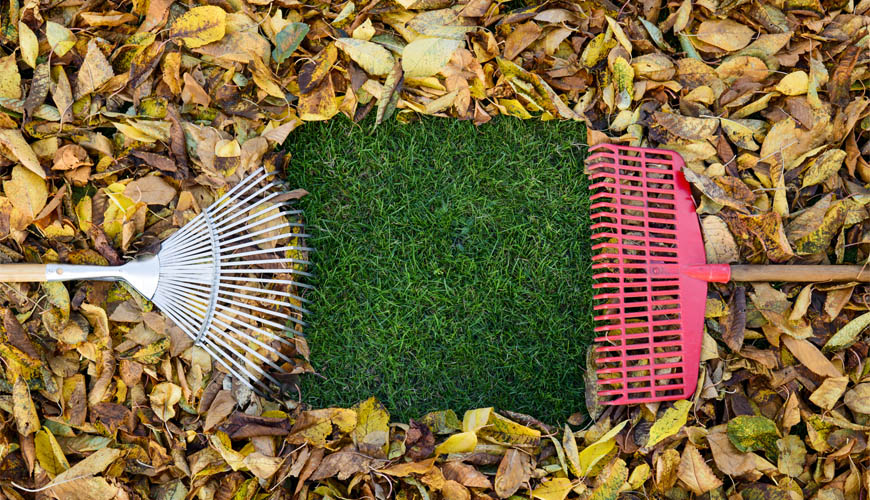
Practicing crop rotation and maintaining a clean garden can also help reduce the caterpillar population. Caterpillars often make their nests in the dead plant leaves.
So, removing the dead plant leaves and keeping your garden clean is always important.
8. Homemade Solutions
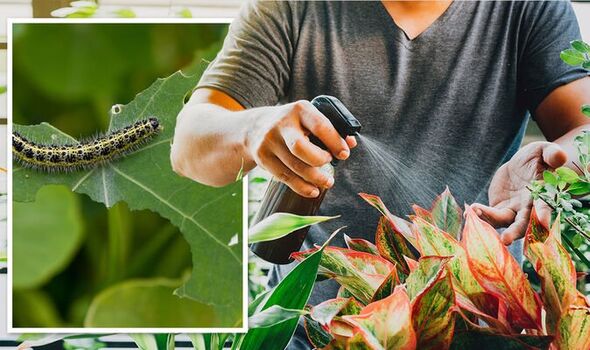
Controlling caterpillars in your garden and on your plants can be done using many homemade methods. You can make your sprays using common kitchen ingredients. The ingredients include:
- Paper Spray: Blend hot paper, garlic, water, vegetable oil, and dish soap. Let it sit in the sun for a few days, then strain it and spray it on the caterpillars.
- Molasses and Dish Soap: Mix molasses with dish soap and water. Then, spray on plants and leaves to get rid of black caterpillars.
- Oil Spray: Combine vegetable oil with dish soap and water in a spray bottle and use it on the caterpillar.
- Vinegar Spray: Mix vinegar and water and spray it where you can see caterpillars.
These methods help you eliminate caterpillars without using harmful chemicals, especially if growing fruits and vegetables in your garden.
Conclusion
When you discover black caterpillars in your garden, it is important to know that dealing with them might not involve only chemicals and different methods.
It is required to mix different methods to control them. Your approach depends on how serious the caterpillar problem is and what specific type of caterpillars you are dealing with.
Make it a habit to check your garden regularly. Don’t be in a rush because it may take some time. Choose solutions that are friendly to the environment to safeguard your plants, the overall health of your garden, and your health and well-being.
With patience and the right plans, you can control these annoying pests and enjoy a garden that thrives.


